10 Best Product Vision Statement Examples That Actually Work (And Why)
What is a Product Vision Statement?
A product vision statement is a concise declaration of your product's long-term mission and aspirations. This statement serves as a guiding light for everyone involved in your product's journey, from developers to marketers.
Your product vision statement should answer two key questions:
1. Why are you creating this product?
2. What do you hope to achieve with your product in the future?
For example, Google's product vision statement is straightforward yet powerful: "Provide access to the world's information in one click."
For practical tips on creating a compelling product vision, don't miss our product vision workshop article
Crafting an Effective Product Vision Statement
To create a compelling product vision statement, you need to:
1. Be concise: Express your vision clearly in a sentence or two.
2. Think long-term: Focus on your product's ultimate goal, not just immediate objectives.
3. Inspire: Your statement should motivate your team and excite stakeholders.
4. Stay relevant: Ensure it aligns with your company's overall mission.
Product Vision vs. Company Vision
While related, product vision statements differ from company vision statements. Your company vision is more conceptual and much broader, while your product vision focuses on what you want your specific product to achieve for users and its market position.
Would you like me to continue with examples of product vision statements from well-known companies?
Let's explore these product vision statement examples in more detail, focusing on how they embody effective vision statements for UX design and product development.
For a comprehensive understanding of how product vision aligns with your roadmap, check out our article on Product vision and roadmap
1. Slack
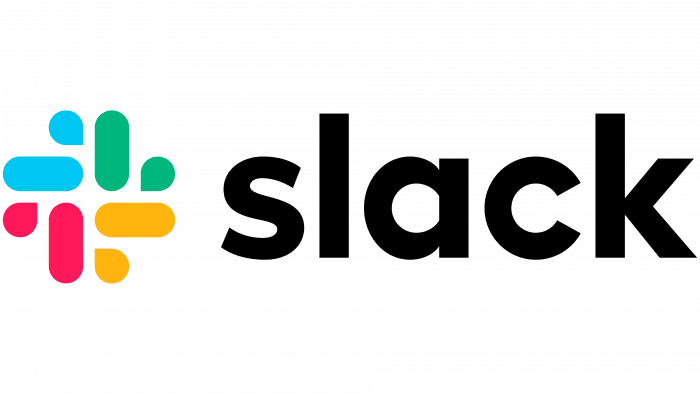
Vision statement: "To make work life simpler, more pleasant, and more productive."
This vision excels by:
Focusing on user outcomes rather than features
Addressing multiple aspects of work life (simplicity, enjoyment, productivity)
Keeping it concise and easy to understand
For UX designers, this vision provides clear guidance on the user experience to aim for in product development.
2. Shopify

Vision statement: "To make commerce better for everyone."
Shopify's vision stands out by:
Including all stakeholders ("everyone")
Focusing on improvement ("better") rather than disruption
Keeping the core function (commerce) central
This inclusive approach can guide UX designers to consider multiple user perspectives in their work.
3. Google

Vision statement: "To provide access to the world's information in one click"
Key takeaways:
Ambitious yet specific: Aims for global information access
User-centric: Emphasizes ease of use ("in one click")
Clear design principle: Sets a standard for simplicity and speed
For UX designers, this vision encourages creating intuitive interfaces that deliver complex information effortlessly.
4. Uber
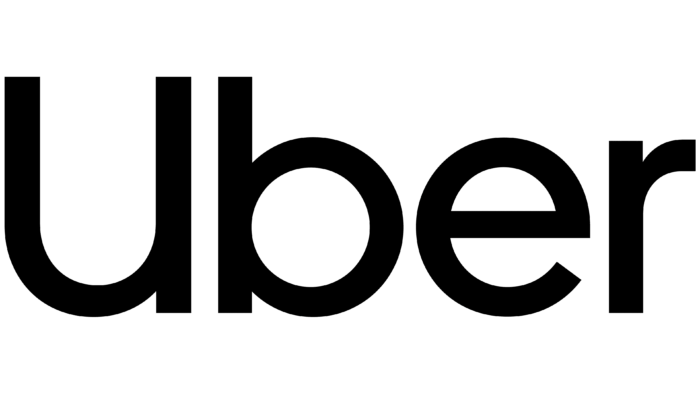
Vision statement: "Evolving the way the world moves"
Strengths:
Adaptable: Broad enough to cover Uber's expanding services
Forward-looking: Implies continuous innovation
Global perspective: Addresses worldwide impact
For UX designers, this vision encourages thinking beyond current limitations and considering various modes of "movement."
If you're curious about the differences between product vision and strategy, our detailed comparison in Product vision vs product strategy will provide valuable insights.
5. Asana

Vision: "To revolutionize the way teams organize and prioritize their work"
Notable features:
Transformative: Aims to change existing work practices
Team-oriented: Focuses on collaborative productivity
Specific to function: Clearly defines their role in work management
Asana's vision informs UX design by focusing on creating intuitive tools for team collaboration and task management.
6. Gong
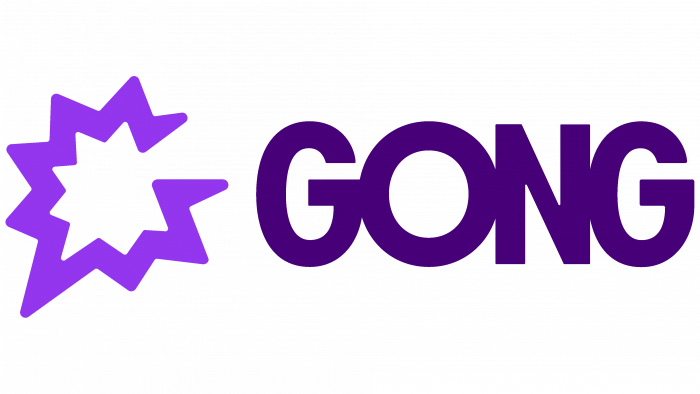
Gong’s vision statement:
"To enable leading revenue teams to get the unfiltered truth about their customer interaction, their deals, and transform the way they go to market"
Key elements:
Focuses on enabling their users (revenue teams)
Highlights the importance of customer interactions for revenue teams
Emphasizes achieving goals and growth
Gong’s mission reinforces this vision.This approach aligns well with UX design principles, putting user needs at the forefront.
7. Zoom
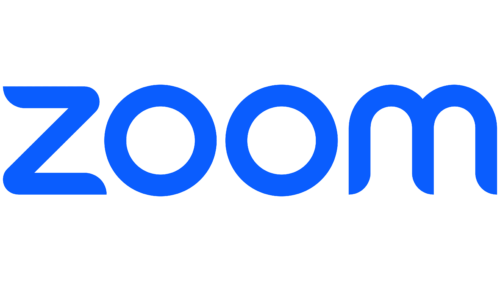
Vision statement: "To make video communication frictionless."
Zoom's vision is powerful because:
It's incredibly focused and specific
The term "frictionless" encapsulates their key differentiator
It guides product development towards ease of use
This vision directly informs UX design priorities, emphasizing simplicity and user-friendly interfaces.
Learn about the role of product vision in agile methodologies by reading our guide on what is product vision in Scrum.
8. LinkedIn

Vision statement: "To create economic opportunity for every member of the global workforce."
LinkedIn's vision is effective because:
It addresses a universal desire (economic opportunity)
It's ambitious in scope (global workforce)
It unifies different user types under one goal
For UX designers, this vision encourages thinking about how to create opportunities through user interactions and platform features.
These examples demonstrate how powerful vision statements can guide product development and UX design. They focus on outcomes, user benefits, and transformative impacts rather than specific features or technologies.
When crafting your product vision statement, remember to:
Keep it concise and clear
Focus on the impact on users' lives
Make it ambitious yet achievable
Ensure it aligns with your overall company mission
9. Instagram
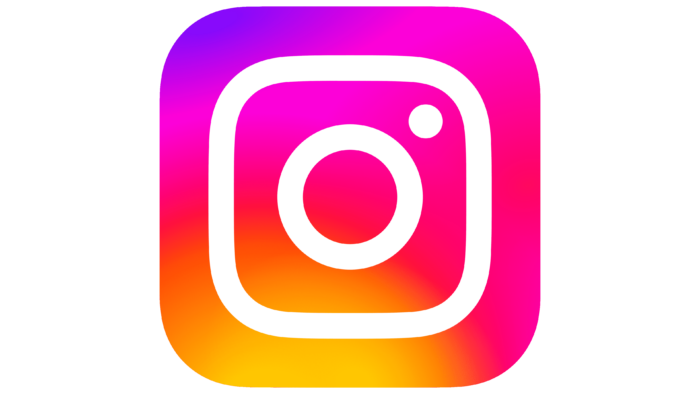
Vision statement: "To capture and share the world's moments"
Notable aspects:
Concise and memorable: Sums up the core function in five words
Evokes emotion: Taps into the desire to be part of global experiences
Community-focused: Implies a platform for connection
This vision guides UX design towards creating features that make capturing and sharing effortless and engaging.
10. Netflix

Vision statement: "To become the world's leading streaming entertainment service"
Key points:
Clear goal: Aims for market leadership
Focused on scale: Prioritizes reach over specific content quality
Defines category: Clearly states their industry (streaming entertainment)
This vision guides UX design towards creating a platform that can handle vast content libraries and user bases efficiently.
Creating a Product Vision Statement Template
Here’s an useful structure for Product Vision Statement Template:
"For [target customer], who [customer's need], the [product] is a [product category] that [unique benefits]. Unlike [competitors], our product [main differentiators]."
This template helps you create a vision statement that:
Identifies your target user
Addresses a specific need
Defines your product category
Highlights unique benefits
Sets you apart from competitors
When applying this to UX design:
1. Use the vision to guide your user research
2. Align your design decisions with the stated benefits and differentiators
3. Ensure your user interface reflects the unique aspects of your product vision
Remember, a strong product vision statement serves as a compass for your UX design decisions, helping you create interfaces and experiences that truly embody your product's core purpose and value.
Let's wrap up our discussion on product vision statements and their importance in UX design:
Explore effective techniques to enhance your strategic planning with our strategy workshop exercises guide.
The Power of a Strong Product Vision
A well-crafted product vision statement is more than just words - it's a powerful tool that shapes your entire product strategy. Here's why it matters:
Guides your team: It provides a clear direction for all product decisions
Improves focus: Helps prioritize features and design choices
Meets user needs: Keeps the user at the center of product development
Communicates value: Tells stakeholders and users what you're aiming for
Inspires action: Motivates your team to create something meaningful
Implementing Your Vision in UX Design
To bring your product vision to life through UX design:
1. User research: Align your research questions with your vision
2. Feature prioritization: Use your vision to decide what to build first
3. Design decisions: Ensure every element supports your overall goals
4. User testing: Evaluate how well your design embodies the vision
5. Iteration: Continuously refine your product to better match the vision
Refining Your Vision
Remember, a product vision isn't set in stone. As you learn more about your users and market, you may need to adjust your vision. Stay open to evolution, but ensure any changes still align with your core purpose and values.
Putting Vision into Practice
Tools can help you implement your vision through:
User onboarding experiences that reflect your product's purpose
Analytics to track how well you're meeting user needs
Feedback collection to ensure you're on the right track
Your Next Steps
1. Draft your product vision using the template we discussed
2. Share it with your team and gather feedback
3. Use it to guide your next UX design project
4. Regularly revisit and refine as you learn more
Remember, an exceptional product vision statement isn't just about where you want your product to go - it's about the positive impact you want to make for your users. Let this guide every aspect of your UX design process.
FAQs:
1. What is a product vision?
A product vision outlines the core purpose of a product, identifying the problems it addresses, its target users, and its unique value proposition. It provides a strategic framework for your team, helping them understand the significance and direction of their work.
2. How long should a vision statement be?
Vision statements can vary in length, from concise phrases to more detailed paragraphs. The key is clarity and thoughtfulness rather than adhering to a specific length. An effective vision statement, regardless of its size, should vividly describe the organization's future goals and aspirations.
3. What makes a high-quality product vision?
A strong product vision is clear,purpose-driven, and inspiring. It should motivate the team including all stakeholders, guiding them towards a shared objective. Avoid vague or purely profit-focused statements, as these fail to provide meaningful direction or inspiration.
4. What are the key components of a vision statement?
A comprehensive vision statement typically includes three main elements: 1. What your company does 2. Why you do it 3. How you do it It should outline your long-term goals and the impact you aim to have on the world.
5. How do you create a product vision?
In order to develop an effective product vision: 1. Define your product's motivation and purpose 2. Distinguish between the product itself and its long-term vision 3. Separate strategy from vision 4. Secure stakeholder support 5. Think big and aim to inspire Remember, your product vision should be ambitious yet achievable, providing a clear direction for your team's efforts.





